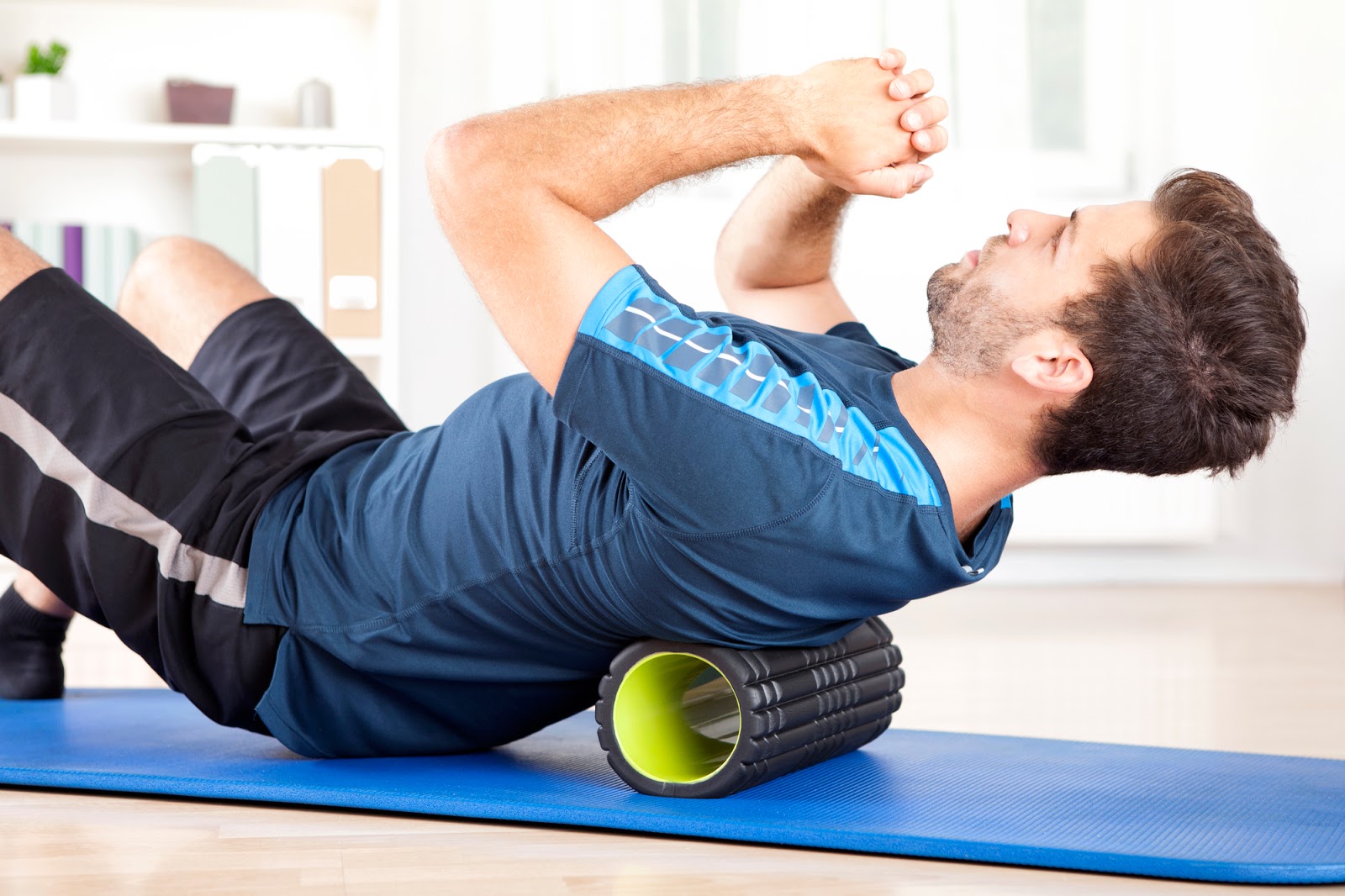With the first snowfall a couple days ago, it is safe to say we have officially entered winter.
This means finding ways to adjust to the cold and the changes in terrain. For runners, some may decide to opt for treadmill runs. For others, it simply means layering up and tackling the outdoors head-on.
The following tips are geared for runners who are looking for ways to prep for what is to be another snowy winter.
Tip #1: Winter Layering
General rule of thumb when it comes to dressing for winter runs: It typically will feel 10°C warmer when running vs. what the actual temperature is.
- If it is 6°C, it will feel like 16°C when running
- Wearing a long sleeve shirt with a pair of running shorts/tights would be ideal. It may also be helpful to include a pair of winter gloves and a hat.
- If it is 12°C it will feel like 22°C when running
- Wearing a pair of running shorts and t-shirt would be ideal. Winter gloves/hat may not be necessary.
- If it is -4°C it will feel like 6°C when running
- A long-sleeve base layer and sweater would be necessary. Base layer tights/thermals along with some sweats/shorts over top to keep warm would be recommended. Winter gloves, hat, and a neck warmer are a must!

Tip #2: Traction for Shoes: As temperatures drop below freezing, the traction on shoes becomes important to avoid icy slips.
- Traction cleats may be helpful to clip onto a pair of runners to stay afloat while running.
- Trail shoes, which are known to provide a bit more traction than a regular pair of runners, may be a helpful alternative in climates that are a bit milder.
- Making sure you regularly check and monitor how much tread is left on your running shoes is important.
Tip #3: Effort level vs. Pace: With changes in terrain and increases in amount of dressing, it is not uncommon to notice a slower running pace.
- This is when the quality of runs is best determined from effort level rather than pace.
- As terrain becomes a bit more challenging, running based on total time might be more ideal than running certain distances.
Tip #4: Post-Run Recovery: Muscles will have to work harder getting through winter runs with snow/ice. Therefore, a proper cool-down/recovery is important!
- Static stretching typically is preferred after workouts, as the muscles have already warmed up and the HR begins to drop post-run.
- Foam rolling is another recovery tool runners and athletes should adopt, as research does show it to be effective in reducing muscle soreness after exercise.
- Wearing compression garments for the legs can help improve circulation and keep the legs feeling fresh after the run.
Book with physiotherapy now to help learn ways to stay injury-free this winter season!
By: Omid Ebrahimi, Physiotherapist


